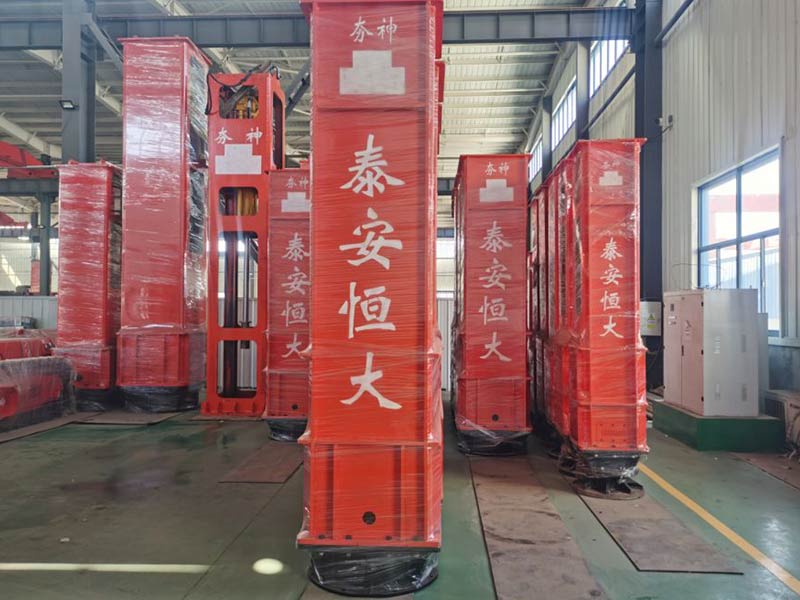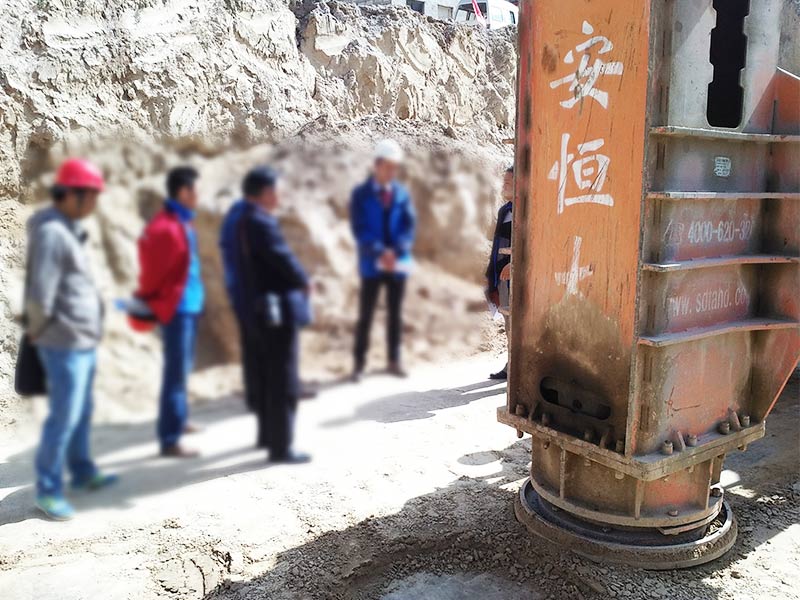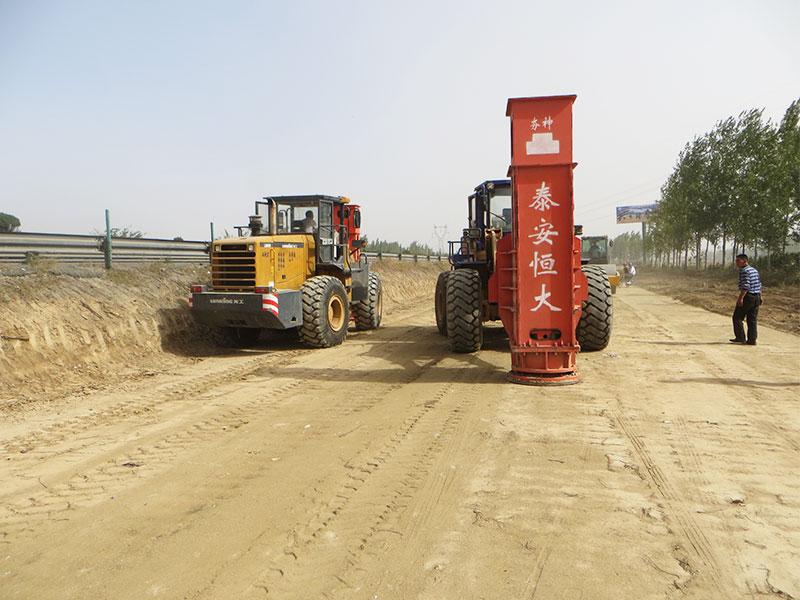update time:2022-09-15 09:37:23
Views:1325次
The way in which RIC improves the ground is a “top-down” process, compared to Dynamic Compaction (DC...

The way in which RIC improves the ground is a “top-down” process, compared to Dynamic Compaction (DC) which is a “bottom-up” process. The first few blows in rapid impact compaction create a dense plug of soil immediately beneath the compaction foot. Further blows advance this plug deeper, which compacts soil in a deeper layer. This process progresses until little further penetration of the compaction foot can be achieved with increasing blows.

Typically, the RIC method is used for the treatment of essentially granular fills in order to improve their geotechnical properties (stiffness and bearing capacity) and to reduce settlement. RIC design firstly involves geotechnical characterisation of the soils to be treated, with emphasis placed on quantifying in-situ relative density and grading characteristics. Groundwater level is an important factor for consideration of suitability of the RIC method as shallow groundwater level can act as a hydraulic barrier reducing effective energy transfer to the fill materials. However, it is the “compaction trial” (discussed under testing and quality control), which provides the designer with the necessary information to permit refinement of the design. With ground improvement techniques involving surface impact such as RIC there cannot be direct control of treatment depth, as would be the case with vibro stone columns. A critical element of RIC design therefore is the depth to which a particular treatment is effective.

The RIC, imparts energy by dropping a 5 to 9 tonne weight from a relatively small height of 1.2 m at a blow rate of 30 to 80 times a minute. Depending on the ram weight, the maximum energy delivered per blow is 59 to 106 kNm. Although the energy per blow is small compared to the conventional DC, the rapid blow frequency amply compensates, resulting in a greater power that varies between 2.4 to 6.4 MNm/min. Thus, a much greater total energy input per unit area of a site can be achieved with RIC. Moreover, the energy transfer of the RIC is far more effective due to its foot which stays in contact with the ground during the impact sequence.
What is compaction by pounding?
Rapid Impact Compaction provides a technically sound and eco...
What is vibro compaction?
The lately introduced Rapid Impact Compactor (RIC) aims at c...